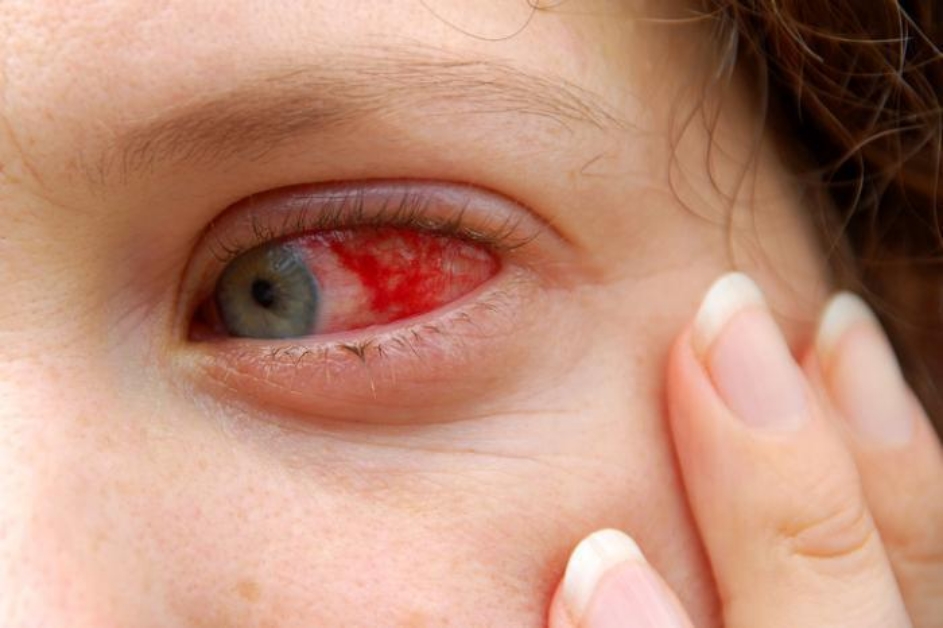- Reports have surfaced indicating a recent outbreak of red eye disease in Mombasa, Kenya, just days after the same infection was identified in neighboring Tanzania
- The close proximity of the affected areas suggests a potential regional spread of the condition, raising concerns about its rapid transmission
- Red eye disease can spread through direct or indirect contact with infected individuals, emphasizing the importance of public awareness to curb further transmission
Follow us on Facebook and X For More News and Exclusives
Red eye disease, also known as conjunctivitis, is a common eye condition that can be caused by various factors, including viral or bacterial infections, allergies, or irritants.
Recognizing the signs early on is crucial for prompt treatment and preventing the spread of the infection.
Here are five key ways to know you may have contracted red eye disease.
Eye Redness:
The most obvious and common symptom of red eye disease is the redness of the eyes. This redness is caused by inflammation of the conjunctiva, the thin membrane covering the white part of the eye. The blood vessels in the conjunctiva become dilated and irritated, giving the eyes a noticeably red or pink appearance.
Itching and Irritation:
Individuals with red eye disease often experience itching and irritation in the affected eye or eyes. This discomfort may lead to increased rubbing of the eyes, which can exacerbate the condition and potentially spread the infection to the other eye.
Watery or Discharge:
Another telltale sign of red eye disease is the presence of watery eyes or a discharge. In viral and bacterial conjunctivitis, this discharge can be thick and yellow or greenish in color. Allergic conjunctivitis may result in a clear, watery discharge. Paying attention to the type and color of discharge can offer clues about the underlying cause.
Must Read:
1: Five Expert Tips to Help You Sleep Soundly Through the Night
2: 5 Alternative Ways to Stream, Download Movies After Cessation of Netflixs’ Free Plan
Sensitivity to Light:
Red eye disease can cause increased sensitivity to light, a condition known as photophobia. Individuals with conjunctivitis may find that bright lights, sunlight, or even indoor lighting intensify discomfort and lead to squinting. This symptom can help distinguish red eye disease from other eye conditions.
Swelling and Puffiness:
Conjunctivitis may lead to swelling and puffiness of the eyelids. This swelling is often accompanied by redness and can contribute to a feeling of heaviness around the eyes. If you notice unusual swelling, particularly if it affects your vision, it’s crucial to seek medical attention promptly.
While these signs can indicate red eye disease, it’s essential to consult with a healthcare professional for an accurate diagnosis and appropriate treatment. Self-diagnosis and treatment may lead to complications or the exacerbation of symptoms. If you suspect you have contracted red eye disease, seek prompt medical attention to receive proper care and prevent the spread of the infection.




























